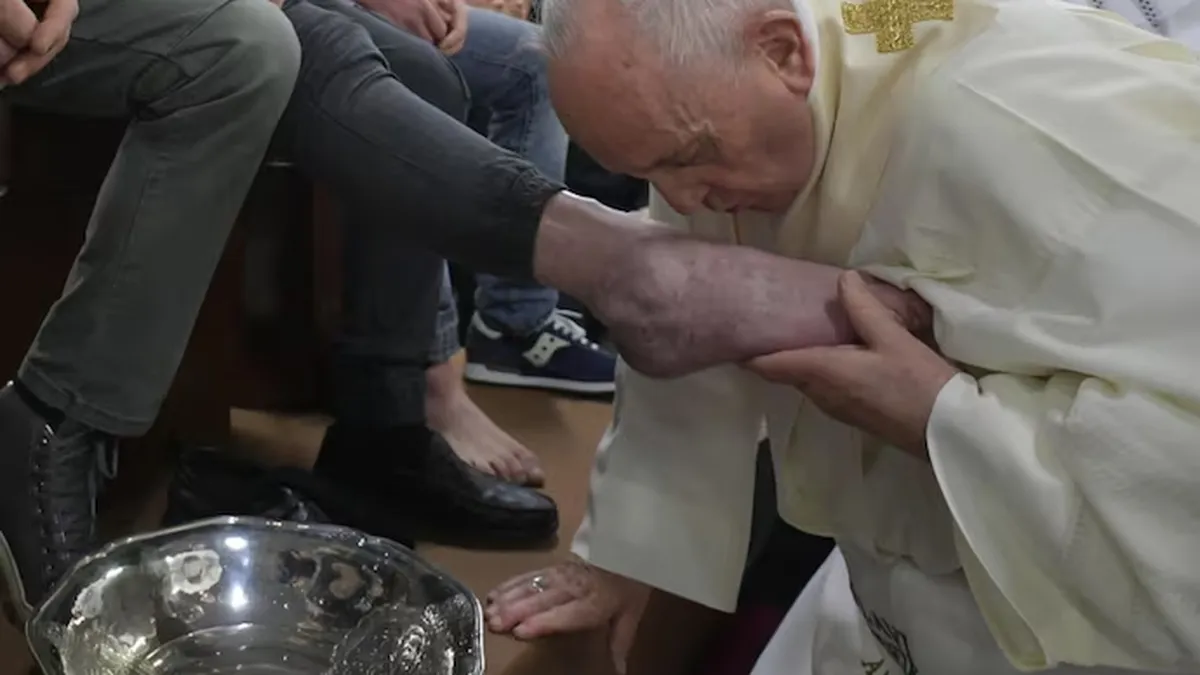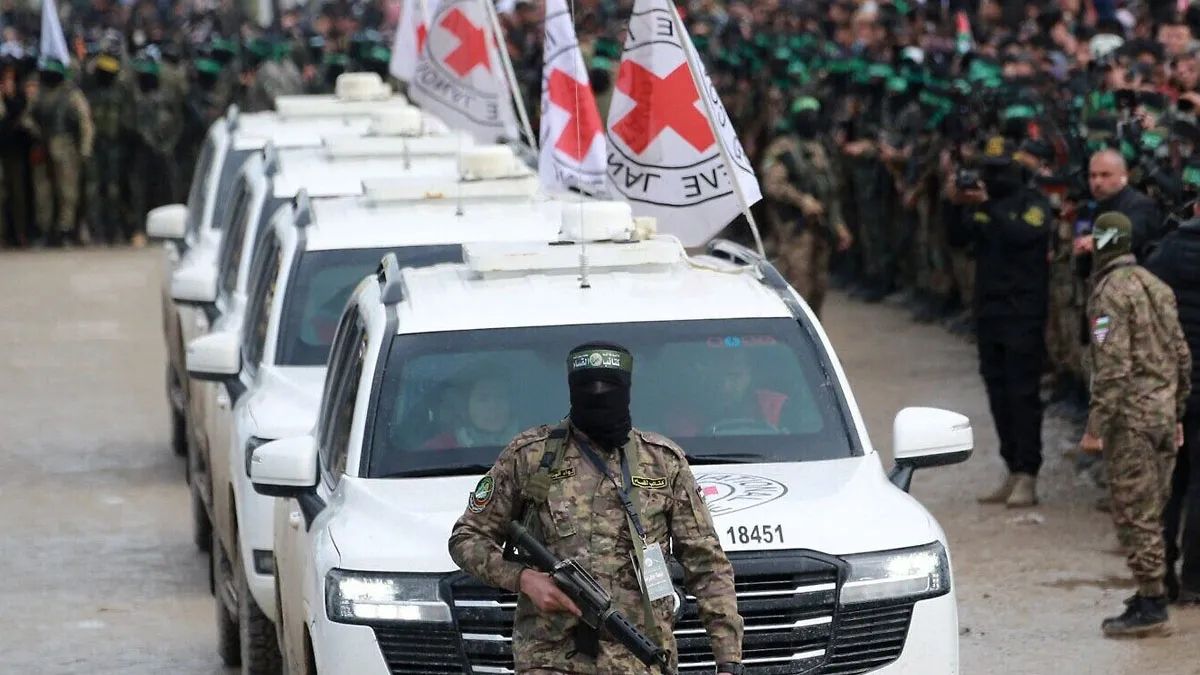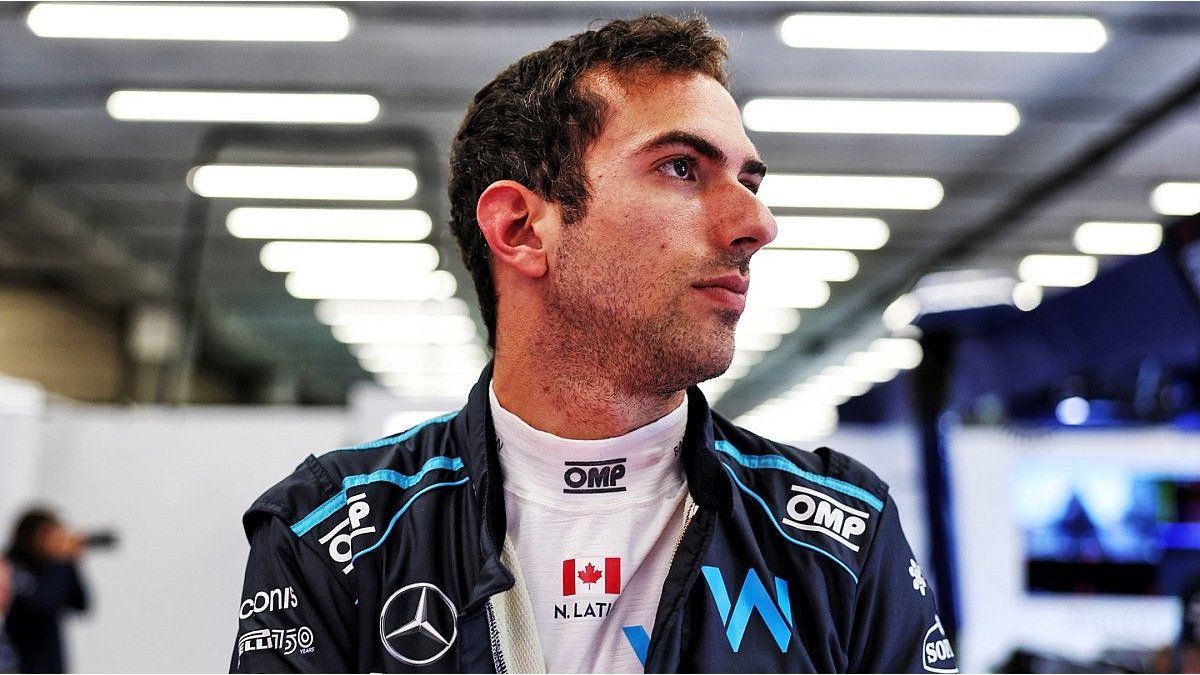The 12 -year pontificate of Pope Francis can be defined as a stage of deep transformation in the Catholic Church. Jorge Mario Bergoglio, the first Jesuit and Latin American Pope, assumed Pedro’s throne on March 13, 2013 with a direct, austere and pastoral style, which distanced him from his predecessors and marked a new era. Its legacy was built on processes of change, openness and social commitment, rather than about personal achievements.
From that initial greeting in the Plaza San Pedro as “Bishop of the People”, Francisco sought to be close to the peripheries, both geographical and existential. In these twelve years, the Argentine Pope promoted structural reforms in the curia, reconfigured the map of ecclesial power, opened doors to the laity and women, faced the scandals of abuse with new rules of accountability and preached the fraternity in a world fragmented by conflicts.
Pope Francisco Lampedusa Viajes.jpg
A more missionary and less clerical church
The mission and synodality were two axes of his pontificate. Francisco promoted a “Church in exit”, focused on service, open to interreligious dialogue and capable of listening to the people of God. Along these lines, he convened two synod sessions about Sinodality, first incorporating laity and women with vote, and created commissions to study the women’s diaconate.
He also reformed the Roman curia with the Apostolic Constitution Praedicate Evangelium, where he prioritized evangelization and granted government responsibilities to non -clergy. Within this framework, the appointment of women in unpublished hierarchical positions, such as Sister Raffaella Petrini as governor of the Vatican State, was highlighted.
The Pope of impossible trips
On its 47 international trips, Francisco visited emblematic places for dialogue and reconciliation. He was the first pontiff to step on Iraq, in the middle of the pandemic, where he met the great Ayatolá al-Sistani. He also opened the Holy Door in Bangui (Central African Republic) during a civil war and sealed peace agreements in South Sudan with Christian leaders of other confessions.
Another milestone was his trip to Abu Dhabi in 2019, where he signed with the great magnet of Al-Azhar the document on human fraternity, the basis of his encyclical Fratelli Tutti. In his most extensive tour, at 87, he toured Asia and Oceania: Indonesia, Papua New Guinea, East Timor and Singapore.
Prophetic Reforms, Documents and Gestures
Throughout his pontificate, Francisco published four encyclicals (Lumen Fidei, Laudato Si ‘, Fratelli Tutti and Dilexit Nos) and seven apostolic exhortations. With laudato yes, “he called to take care of the” common house “and combat environmental inequality; With Fratelli Tutti, he proposed fraternity as the only way out of contemporary conflicts.
In disciplinary matters, he issued almost 60 Motu Proprio, as you Estis Lux Mundi, which established clear protocols against sexual abuse and demanded responsibilities for bishops. He also reorganized Vatican finances after years of scandals.
Close to the discarded
Francisco never lost contact with the most vulnerable. He promoted the world day of the poor, shared lunch with homeless people, visited prisons on Holy Thursday, and denounced the “discard culture” and the “globalization of indifference.” On his first trip out of Rome he went to Lampedusa, an epicenter of the migration crisis, where he threw flowers into the sea in tribute to dead refugees.
His teaching on migrants was synthesized in four verbs: to welcome, protect, promote and integrate. Also mediator in conflicts, managed the restoration of diplomatic relations between Cuba and the United States in 2015, so he was publicly grateful for Barack Obama.
The commitment to peace in a world at war
“A World War in pieces”: Francisco described the current panorama. Given the conflicts in Ukraine, Gaza, Syria and Africa, he did not cease in his calls to dialogue and diplomacy. He sent letters, emissaries and humanitarian aid. He even visited the Russian embassy in the Vatican when the war in Ukraine exploded, in an unprecedented gesture.
He summoned days of prayer and fasting for peace, consecrated Russia and Ukraine to the Immaculate Heart of Mary and promoted “blood ecumenism” with non -Catholic Christian leaders.
A pontificate that leaves a mark
Twelve years later, the Pope who “came from the end of the world” leaves a pontificate marked by the impulse to a more humble, closer and more committed church to the challenges of the 21st century. His keywords – Misericordia, fraternity, synodality, dialogue, inclusion – synthesize an open process that has not yet said his last word.
Source: Ambito




